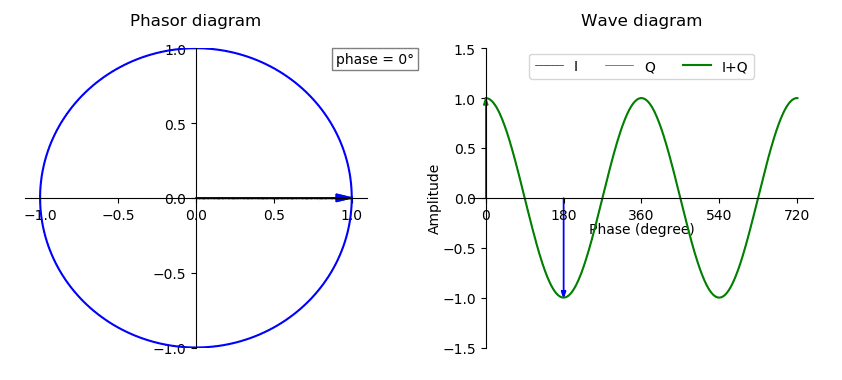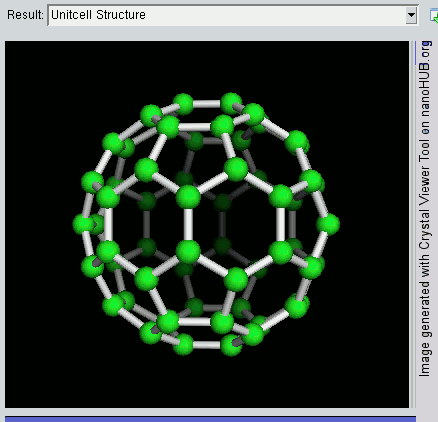|
Kinoform
A kinoform is a type of computer-generated converging lens that is able to efficiently focus light to a point. They typically use holography to reproduce the optical phase profile of a normal converging lens, albeit on a flat surface. They can be used in areas such as focusing x-ray radiation, or in the study of nanomaterials. Diamond is often used in kinoform lenses as it has a high thermal conductivity. Higher chromatic aberration is a common drawback. See also *Metasurface An electromagnetic metasurface refers to a kind of artificial sheet material with sub-wavelength features. Metasurfaces can be either structured or unstructured with subwavelength-scaled patterns. In electromagnetic theory, metasurfaces modulate ... Further reading *A.F. Isakovic, A. Stein, J.B. Warren, S. Narayanan, M. Sprung, A.R. Sandy, K. Evans-Lutterodt, "''Diamond Kinoform Hard X-ray Refractive Lenses: Design, Nanofabrication and Testing,''" J. Synch. Rad., 16, 8 (2009). References X-rays ... [...More Info...] [...Related Items...] OR: [Wikipedia] [Google] [Baidu] |
Converging Lens
A lens is a transmissive optical device that focuses or disperses a light beam by means of refraction. A simple lens consists of a single piece of transparent material, while a compound lens consists of several simple lenses (''elements''), usually arranged along a common axis. Lenses are made from materials such as glass or plastic and are ground, polished, or molded to the required shape. A lens can focus light to form an image, unlike a prism, which refracts light without focusing. Devices that similarly focus or disperse waves and radiation other than visible light are also called "lenses", such as microwave lenses, electron lenses, acoustic lenses, or explosive lenses. Lenses are used in various imaging devices such as telescopes, binoculars, and cameras. They are also used as visual aids in glasses to correct defects of vision such as myopia and hypermetropia. History The word ''lens'' comes from , the Latin name of the lentil (a seed of a lentil plant), ... [...More Info...] [...Related Items...] OR: [Wikipedia] [Google] [Baidu] |
Holography
Holography is a technique that allows a wavefront to be recorded and later reconstructed. It is best known as a method of generating three-dimensional images, and has a wide range of other uses, including data storage, microscopy, and interferometry. In principle, it is possible to make a hologram for any type of Holography#Non-optical holography, wave. A hologram is a recording of an Wave interference, interference pattern that can reproduce a 3D light field using diffraction. In general usage, a hologram is a recording of any type of wavefront in the form of an interference pattern. It can be created by capturing light from a real scene, or it can be generated by a computer, in which case it is known as a computer-generated hologram, which can show virtual objects or scenes. Optical holography needs a laser light to record the light field. The reproduced light field can generate an image that has the depth and parallax of the original scene. A hologram is usually unintelligi ... [...More Info...] [...Related Items...] OR: [Wikipedia] [Google] [Baidu] |
Phase (waves)
In physics and mathematics, the phase (symbol φ or ϕ) of a wave or other periodic function F of some real variable t (such as time) is an angle-like quantity representing the fraction of the cycle covered up to t. It is expressed in such a scale that it varies by one full turn as the variable t goes through each period (and F(t) goes through each complete cycle). It may be measured in any angular unit such as degrees or radians, thus increasing by 360° or 2\pi as the variable t completes a full period. This convention is especially appropriate for a sinusoidal function, since its value at any argument t then can be expressed as \varphi(t), the sine of the phase, multiplied by some factor (the amplitude of the sinusoid). (The cosine may be used instead of sine, depending on where one considers each period to start.) Usually, whole turns are ignored when expressing the phase; so that \varphi(t) is also a periodic function, with the same period as F, that repeatedly ... [...More Info...] [...Related Items...] OR: [Wikipedia] [Google] [Baidu] |
X-ray
An X-ray (also known in many languages as Röntgen radiation) is a form of high-energy electromagnetic radiation with a wavelength shorter than those of ultraviolet rays and longer than those of gamma rays. Roughly, X-rays have a wavelength ranging from 10 Nanometre, nanometers to 10 Picometre, picometers, corresponding to frequency, frequencies in the range of 30 Hertz, petahertz to 30 Hertz, exahertz ( to ) and photon energies in the range of 100 electronvolt, eV to 100 keV, respectively. X-rays were discovered in 1895 in science, 1895 by the German scientist Wilhelm Röntgen, Wilhelm Conrad Röntgen, who named it ''X-radiation'' to signify an unknown type of radiation.Novelline, Robert (1997). ''Squire's Fundamentals of Radiology''. Harvard University Press. 5th edition. . X-rays can penetrate many solid substances such as construction materials and living tissue, so X-ray radiography is widely used in medical diagnostics (e.g., checking for Bo ... [...More Info...] [...Related Items...] OR: [Wikipedia] [Google] [Baidu] |
Nanomaterial
Nanomaterials describe, in principle, chemical substances or materials of which a single unit is sized (in at least one dimension) between 1 and 100 nm (the usual definition of nanoscale). Nanomaterials research takes a materials science-based approach to nanotechnology, leveraging advances in materials metrology and synthesis which have been developed in support of microfabrication research. Materials with structure at the nanoscale often have unique optical, electronic, thermo-physical or mechanical properties. Nanomaterials are slowly becoming commercialized and beginning to emerge as commodities. Definition In ISO/TS 80004, ''nanomaterial'' is defined as the "material with any external dimension in the nanoscale or having internal structure or surface structure in the nanoscale", with ''nanoscale'' defined as the "length range approximately from 1 nm to 100 nm". This includes both ''nano-objects'', which are discrete pieces of material, and ''nanostructur ... [...More Info...] [...Related Items...] OR: [Wikipedia] [Google] [Baidu] |
Diamond
Diamond is a Allotropes of carbon, solid form of the element carbon with its atoms arranged in a crystal structure called diamond cubic. Diamond is tasteless, odourless, strong, brittle solid, colourless in pure form, a poor conductor of electricity, and insoluble in water. Another solid form of carbon known as graphite is the Chemical stability, chemically stable form of carbon at Standard temperature and pressure, room temperature and pressure, but diamond is metastable and converts to it at a negligible rate under those conditions. Diamond has the highest Scratch hardness, hardness and thermal conductivity of any natural material, properties that are used in major industrial applications such as cutting and polishing tools. Because the arrangement of atoms in diamond is extremely rigid, few types of impurity can contaminate it (two exceptions are boron and nitrogen). Small numbers of lattice defect, defects or impurities (about one per million of lattice atoms) can color ... [...More Info...] [...Related Items...] OR: [Wikipedia] [Google] [Baidu] |
Thermal Conductivity
The thermal conductivity of a material is a measure of its ability to heat conduction, conduct heat. It is commonly denoted by k, \lambda, or \kappa and is measured in W·m−1·K−1. Heat transfer occurs at a lower rate in materials of low thermal conductivity than in materials of high thermal conductivity. For instance, metals typically have high thermal conductivity and are very efficient at conducting heat, while the opposite is true for insulating materials such as mineral wool or Styrofoam. Metals have this high thermal conductivity due to free electrons facilitating heat transfer. Correspondingly, materials of high thermal conductivity are widely used in heat sink applications, and materials of low thermal conductivity are used as thermal insulation. The reciprocal of thermal conductivity is called thermal resistivity. The defining equation for thermal conductivity is \mathbf = - k \nabla T, where \mathbf is the heat flux, k is the thermal conductivity, and \nabla ... [...More Info...] [...Related Items...] OR: [Wikipedia] [Google] [Baidu] |
Metasurface
An electromagnetic metasurface refers to a kind of artificial sheet material with sub-wavelength features. Metasurfaces can be either structured or unstructured with subwavelength-scaled patterns. In electromagnetic theory, metasurfaces modulate the behaviors of electromagnetic waves through specific boundary conditions rather than constitutive parameters (such as refractive index) in three-dimensional (3D) space, which is commonly exploited in natural materials and metamaterials. Metasurfaces may also refer to the two-dimensional counterparts of metamaterials. There are also 2.5D metasurfaces that involve the third dimension as additional degree of freedom for tailoring their functionality. Definitions Metasurfaces have been defined in several ways by researchers. 1, “An alternative approach that has gained increasing attention in recent years deals with one- and two-dimensional (1D and 2D) plasmonic arrays with subwavelength periodicity, also known as metasurfaces. Due to t ... [...More Info...] [...Related Items...] OR: [Wikipedia] [Google] [Baidu] |




